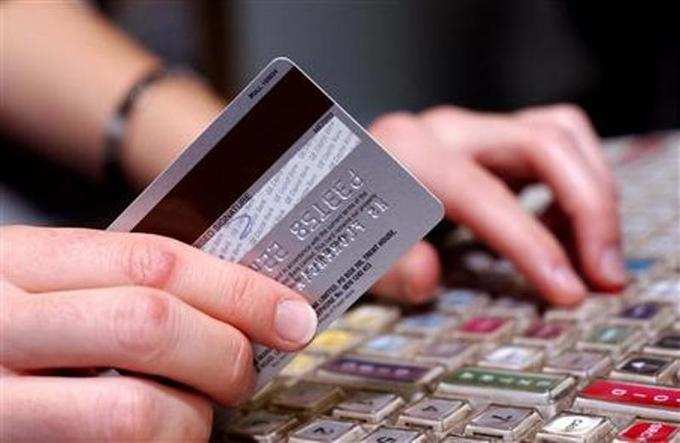
Accessing bank accounts and transfers through mobile apps is a trend these days. Blame it on our deadline specific life, we often don’t find time to operate bank transactions going to bank. So whats the way out? Mobile apps by banks are the saviour in emergency and crisis. But how safe are these? A report by The Economic Times, reveals the risks involved in app transactions and also suggests how to avoid those.
Having a smartphone and no mood to spend on music platforms, we tend to download music from pirated sources, which are threatening to our savings. How? The report says, “'Keybinder', a software technology, inflicts malicious content on a file downloaded from unauthorised sites. Once Keybinder has lodged itself in your mobile, it can be used to access your mobile banking details.”
Also, browsing an outdated operating system is another gateway to mobile banking venerability. The new versions invariably include some type of a secure patch.
So how to be safe? Use applications like like Appsec on IOS that monitors the mobile app. Banks use tools like Dexguard and EnsureIT to encrypt files, making it difficult for hackers to decode.
Vulnerability is also catered via spam sms promising holiday trips. Once you click on the link, it lets malware to nest on your phones.
It can be avoided by being safe and detecting spam mails.
The news report by the financial daily says, when you click 'yes' to pop-ups while downloading apps on your mobile, you may end up allowing someone to access your mobile banking details in your app.
Banks use apps that provide a score on operating system security updates and malware detection. The application either makes the decision to close the mobile app or passes on the score to back-end systems over a secure channel for investigations.
Through the use of free public or shared Wi-Fi, you may unwittingly accept a malware application, which in turn will access information in your mobile.
Banks do not allow access to mobile banking if the request has come from a blacklisted IP address. Banks maintain a white list and black list of IP addresses and domain names to prevent apps from talking to other domains not specified on the white list.
A non-updated mobile banking application will invite malware virus to attack your existing application, which is an easy way to access mobile banking application details.
If it is lost, it is a paradise for hackers, who can easily access your personal banking details with the bare minimum technologies.
Banks do not allow access to mobile banking unless the request has come from an SMS and voice-enabled mobile phone number. The bank follows a standard request format that is relatively safe.